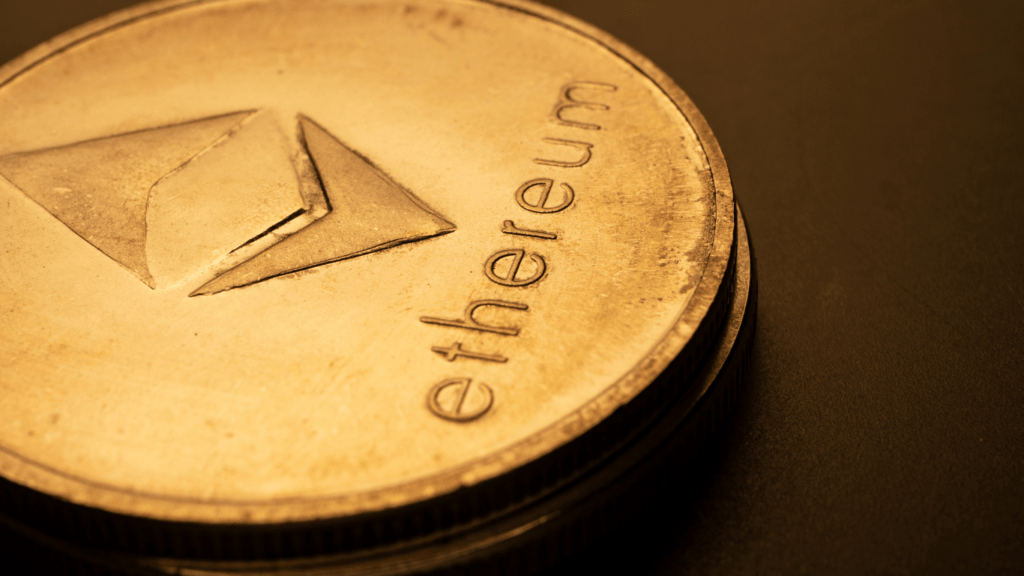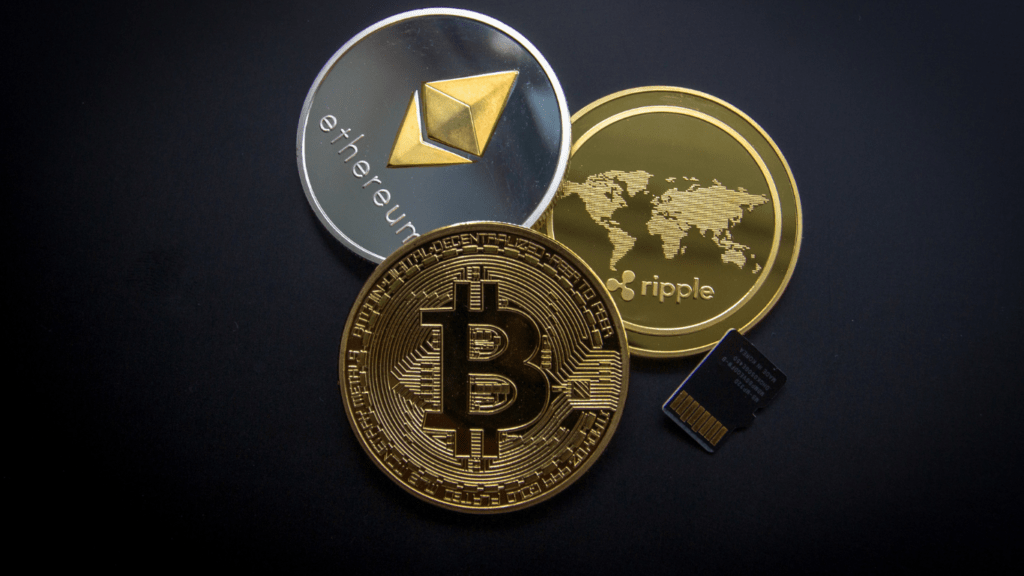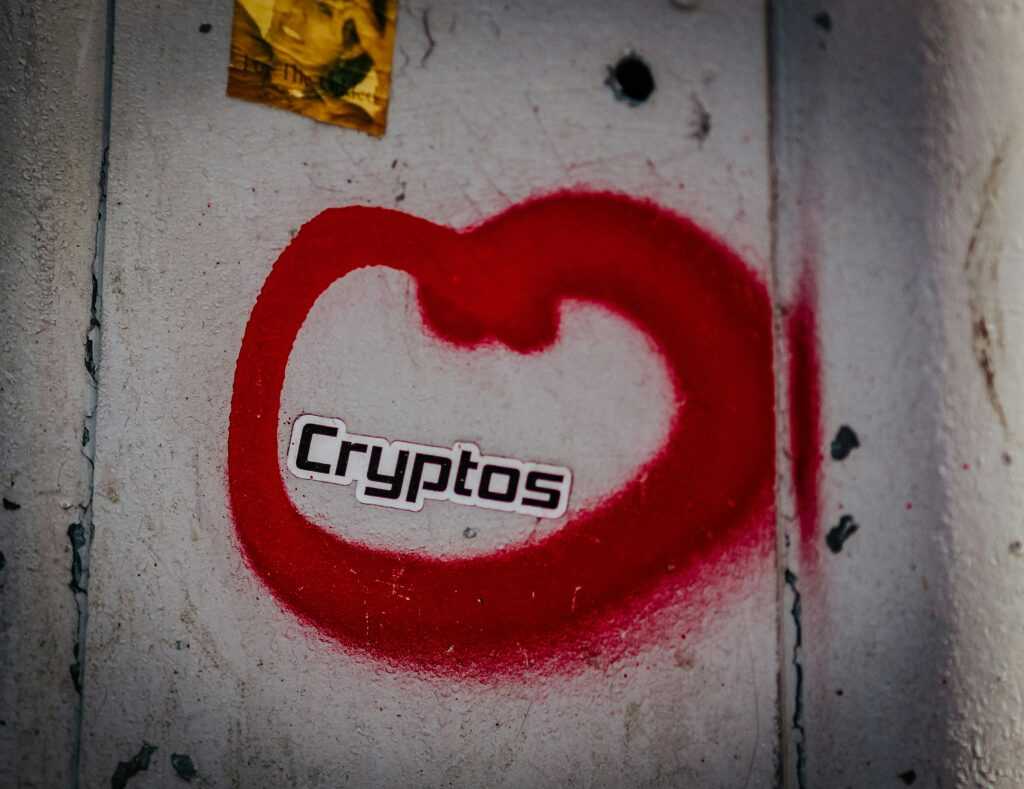Overview of the Cryptocurrency Market in 2024
The cryptocurrency market in 2024 demonstrates dynamic evolution and maturation. Analysts predict that market capitalization could reach new heights, driven by increased adoption and technological advancements.
Several key trends shape the landscape:
- Institutional Investment: Institutions, including hedge funds and publicly traded companies, have shown an increased willingness to invest in digital assets. For example, Grayscale and MicroStrategy continually acquire significant amounts of Bitcoin.
- Regulatory Developments: Governments worldwide refine cryptocurrency regulations, ensuring increased security and legal clarity. For instance, the EU has introduced MiCA (Markets in Crypto-Assets) to streamline and secure transactions.
- Innovative Technologies: Blockchain technology evolves rapidly. Projects focusing on scalability and security gain traction. Ethereum’s upgrade to Ethereum 2.0 exemplifies this trend by enhancing transaction speed and reducing energy consumption.
- Decentralized Finance (DeFi): DeFi platforms, like Uniswap and Aave, transform traditional financial services. These protocols offer decentralized lending, borrowing, and trading, attracting a growing user base.
- Increased Public Awareness: More individuals recognize cryptocurrencies as viable investments. Educational initiatives and user-friendly platforms contribute to this growing awareness, encouraging wider participation.
In 2024, the combination of institutional investment, regulatory progress, technological innovation, the rise of DeFi, and increased public awareness positions the cryptocurrency market for significant growth. Investors should stay informed and adapt to these changes to maximize their opportunities.
Bitcoin (BTC)
Bitcoin, launched in 2009 by an anonymous entity known as Satoshi Nakamoto, remains the most influential cryptocurrency.
Key Features
Bitcoin’s technology is based on a decentralized peer-to-peer network, enabling secure, transparent transactions without intermediaries. It employs a proof-of-work (PoW) consensus mechanism, where miners solve complex mathematical problems to validate transactions. With a capped supply of 21 million coins, Bitcoin is often likened to digital gold, acting as a store of value.
Pros and Cons
Bitcoin provides high liquidity, accepted widely by businesses and easily traded on multiple exchanges. Institutional adoption, driven by companies like Tesla, enhances its credibility. However, Bitcoin’s environmental impact due to PoW mining and slower transaction speeds compared to newer cryptocurrencies pose challenges. Regulatory uncertainties also affect its market stability.
Market Predictions
Analysts forecast BTC’s price increased due to institutional investments and limited supply. Many predict it could reach between $100,000 and $120,000 by the end of 2024. Factors including global economic conditions, regulatory changes, and technological advancements in the blockchain space will influence these predictions.
Ethereum (ETH)

Ethereum, created by Vitalik Buterin in 2015, stands out as a leading platform for decentralized applications (dApps) and smart contracts.
Key Features
Ethereum powers dApps and smart contracts through its blockchain, revolutionizing digital interactions. The native currency, Ether (ETH), is used for transactions and computational services on the network. One significant development is Ethereum 2.0, transitioning the network from proof of work to proof of stake. This upgrade, which includes the Beacon Chain, Shard Chains, and the Docking process, aims to enhance scalability, security, and sustainability.
Pros and Cons
Pros:
- Smart Contracts: Ethereum enables automated contracts without intermediaries.
- DeFi Integration: Platforms like Uniswap and Aave leverage Ethereum’s network.
- Market Leadership: Second-largest cryptocurrency by market capitalization.
- Community and Development: Active developer community and wide industry support.
Cons:
- Scalability Issues: High demand sometimes leads to congestion and high gas fees.
- Transition Phase: Ethereum 2.0’s full deployment is still underway, leading to uncertainty.
- Security Risks: Smart contracts can have vulnerabilities, as seen in past hacks.
- Regulatory Challenges: Ongoing scrutiny from authorities worldwide.
Market Predictions
Market analysts anticipate Ethereum’s growth trajectory to continue in 2024. Factors driving this include successful Ethereum 2.0 implementation, broader DeFi adoption, and integration into traditional financial systems.
Price forecasts suggest ETH could reach between $5,000 and $8,000, backed by increased institutional interest and innovative use cases. The network’s scalability improvements and ongoing developments in the ecosystem bolster these predictions.
Binance Coin (BNB)
Binance Coin (BNB) plays a crucial role in the Binance ecosystem, serving various functions beyond just trading on Binance exchanges.
Key Features
- Utility in Binance Ecosystem: BNB is used to pay for transaction fees on the Binance Exchange, offering reduced rates for users.
- Token Burn Mechanism: Binance performs quarterly burns, permanently removing some BNB from circulation to create scarcity and increase value.
- Cross-Chain Functionality: BNB supports transactions across Binance Chain and Binance Smart Chain (BSC), boosting its utility in decentralized finance (DeFi) apps.
Pros and Cons
Pros:
- Wide Acceptance: BNB is accepted across various platforms for trading, services, and products.
- Fee Discounts: Users enjoy lower fees on the Binance exchange, encouraging higher trading volumes.
- Staking Rewards: BNB holders can earn rewards by staking their tokens within the Binance ecosystem.
Cons:
- Centralization Concerns: Binance’s control over BNB raises questions about centralization.
- Regulatory Risks: As Binance faces regulatory scrutiny in multiple jurisdictions, BNB’s value could be impacted by regulatory changes.
Market Predictions
Analysts forecast significant growth for BNB in 2024, driven by Binance’s expanding ecosystem and increased adoption of Binance Smart Chain.
Price predictions for BNB range from $500 to $1,000, reflecting its potential as a core cryptocurrency for traders and investors. Continued token burns, platform enhancements, and DeFi growth will further influence BNB’s market trajectory.
Cardano (ADA)
Cardano (ADA) emerges as a notable contender in the cryptocurrency arena due to its unique approach to blockchain technology and its promising future. It ranks among the top cryptocurrencies for 2024.
Key Features
Cardano uses a unique proof-of-stake consensus mechanism called Ouroboros. This enhances security and energy efficiency, differentiating it from proof-of-work systems.
Developed in layers, Cardano separates its ledger of account values from its reason for why values are moved, ensuring scalability and flexibility.
Smart contracts on Cardano employ Haskell, a rigorous programming language used to prevent human error. Cardano also supports multi-asset transactions, allowing users to create and trade tokens without smart contracts.
Pros and Cons
Pros
- Energy-Efficient: Proof-of-stake mechanism reduces energy consumption.
- Scalability: Layered architecture supports future growth.
- Security: Formal verification uses Haskell, offering higher security level.
- Interoperability: Supports multi-asset transactions, promoting ecosystem growth.
Cons
- Complex Development: Haskell’s complexity may slow down development.
- Adoption Rate: Slower adoption compared to Bitcoin and Ethereum.
- Regulatory Uncertainty: Faces potential regulatory challenges.
Market Predictions
Market analysts highlight Cardano’s potential for growth driven by ongoing developments and adoption. Cardano’s anticipated advancements in its smart contract functionality and DeFi services could contribute to its price appreciation. Projections for 2024 suggest a price range of $2 to $4. Enhanced network capabilities and increased DeFi participation are expected to fuel this growth.
Cardano’s unique features and solid development make it a cryptocurrency worth watching closely amidst the evolving crypto landscape. Investors should consider Cardano’s potential amidst broader market trends and technological advancements.
Solana (SOL)
Solana, known for its high-performance blockchain, has garnered attention for its rapid transaction speeds and lower costs. In 2024, it’s set to challenge other major platforms through its unique architecture.
Key Features
Solana boasts several cutting-edge features:
- Proof of History (PoH): Integrates timestamps into the blockchain for efficiently verifying order and passage of time.
- High Throughput: Achieves up to 65,000 transactions per second (tps) under optimal conditions.
- Scalability: Avoids the need for layer-2 solutions through on-chain scalability.
- Low Fees: Maintains transaction costs at approximately $0.00025 per transaction.
Pros and Cons
Pros:
- Fast Transactions: Minimizes delays through impressive throughput.
- Lower Costs: Keeps fees minimal, making it attractive for everyday use and high-frequency trading.
- Developer Support: Provides robust tools and documentation for developers, easing the creation of decentralized applications (dApps).
Cons:
- Centralization Concerns: Faces criticism for potential centralization due to reliance on a smaller validator set.
- Network Outages: Experienced notable downtimes in the past, which raises concerns about stability.
- Community Size: Smaller community compared to giants like Ethereum, which can impact ecosystem growth.
Market Predictions
Market analysts forecast Solana’s value increasing significantly in 2024. Predictions range from $150 to $300, driven by its technological advancements and growing ecosystem. Solana’s planned upgrades and expanding developer base will likely contribute to its upward trajectory.

 Ricky Morenolendez is a key contributor at The Digi Chain Exchange, recognized for his deep expertise in cryptocurrency and blockchain technology. With years of experience in analyzing market trends and providing actionable insights, Ricky has become a trusted voice in the crypto space. His work focuses on helping investors understand the nuances of digital assets, from Bitcoin to emerging altcoins. Ricky’s dedication to educating the community on market strategies and crypto developments has made him an invaluable asset to The Digi Chain Exchange team.
Ricky Morenolendez is a key contributor at The Digi Chain Exchange, recognized for his deep expertise in cryptocurrency and blockchain technology. With years of experience in analyzing market trends and providing actionable insights, Ricky has become a trusted voice in the crypto space. His work focuses on helping investors understand the nuances of digital assets, from Bitcoin to emerging altcoins. Ricky’s dedication to educating the community on market strategies and crypto developments has made him an invaluable asset to The Digi Chain Exchange team.

